Understanding UV Light Technology
Ultraviolet (UV) light is a form of electromagnetic radiation that exists in the spectrum just beyond visible light. It is categorized into three main types: UVA, UVB, and UVC. Each type possesses distinct properties and applications, particularly in the context of air purification. UVA rays, which are the longest wavelengths, primarily affect the skin and are associated with skin aging. UVB rays, shorter in wavelength, are known to contribute to sunburn and can have some sterilizing effects. However, it is UVC rays that are widely recognized for their germicidal properties and effectiveness in air purification systems.
UVC light, with wavelengths ranging from 100 to 280 nanometers, is particularly effective at killing bacteria, viruses, and other pathogens. When microorganisms are exposed to UVC light, their DNA and RNA are disrupted, rendering them unable to replicate or produce harmful effects. This potent capability makes UVC technology a valuable asset in modern air purifiers, especially in environments where maintaining air quality is of utmost importance, such as hospitals, laboratories, and homes with allergy sufferers.
Air purifiers incorporating UV light technology complement other filtration methods, such as HEPA filters, by not only trapping airborne particles but also neutralizing airborne pathogens. By utilizing these dual mechanisms, the overall air quality is significantly enhanced. Moreover, the incorporation of UVC light within air purifiers operates continuously, providing a 24/7 safeguard against emerging threats in indoor air. Its effectiveness is further augmented by research, which indicates that exposure to UVC light can lead to a substantial reduction in airborne contaminants, ultimately resulting in a healthier living environment. In conclusion, understanding the complexities and benefits of UV light technology elucidates its critical role in contemporary air purification solutions.
How Air Purifiers Utilize UV Light
Air purifiers equipped with ultraviolet (UV) light technology employ a multi-faceted approach to enhance indoor air quality. The integration of UV light into air purification systems generally occurs in conjunction with traditional filtration methods, such as HEPA filters, to yield optimal results in removing both particulate matter and microbial contaminants. When air passes through the purifier, it first encounters the pre-filter, which captures larger particles like dust and pet hair, subsequently directing the filtered air to the HEPA filter, renowned for its efficacy in trapping smaller particulate matter down to 0.3 microns in size, including pollen, mold spores, and fine dust.
Following this mechanical filtration, the air reaches the UV light chamber. Here, the UV light serves a critical role in targeting airborne pathogens, including bacteria, viruses, and mold spores. The specific wavelength emitted by the UV light disrupts the DNA or RNA of these harmful microorganisms, rendering them inactive and unable to reproduce. This process essentially neutralizes contaminants that may not be captured by the HEPA filter alone, ensuring cleaner air is released back into the environment.
Various air purifier models harness this technology, each offering distinct capabilities. Some systems combine UV light with an additional stage of filtration, such as activated carbon filters, which are adept at adsorbing volatile organic compounds (VOCs) and unpleasant odors. The effectiveness of these hybrid models is often enhanced in spaces with high microbial content, such as healthcare facilities, commercial kitchens, or homes with pets.
Research indicates that air purifiers utilizing UV light can significantly reduce microbial load in indoor air environments, contributing to healthier living spaces. As consumers become increasingly aware of air quality’s impact on health, the demand for such advanced systems is anticipated to rise, making understanding this technology crucial for informed purchasing decisions.
Benefits of Using UV Light in Air Purifiers
Air purifiers equipped with UV light technology offer significant advantages in maintaining healthier indoor environments. One of the primary benefits of these devices is their ability to effectively eliminate harmful microorganisms such as bacteria, viruses, and mold spores from the air. Traditional air purifiers primarily rely on filters to capture pollutants; however, the addition of UV light provides a secondary layer of defense by destroying pathogens at a molecular level. This process, known as UV-C disinfection, ensures that airborne contaminants are effectively neutralized, thus enhancing the overall level of hygiene within enclosed spaces.
Furthermore, the capability of UV light air purifiers to improve indoor air quality cannot be overstated. Poor air quality can have detrimental effects on health, contributing to respiratory issues, allergies, and even chronic diseases. By reducing the prevalence of pollutants, allergens such as dust mites, pet dander, and pollen can be diminished significantly. This is particularly beneficial for individuals suffering from allergies or asthma, as they often experience heightened sensitivity to allergens present in their surroundings.
Moreover, the health benefits associated with UV light air purifiers are particularly pertinent for individuals living in densely populated urban areas or regions with high levels of environmental pollution. Exposure to outdoor pollutants can infiltrate indoor spaces, exacerbating respiratory conditions and leading to a decline in overall well-being. The utilization of air purifiers with UV light can help mitigate these risks by continually purifying the air, thereby creating a healthier living space.
In conclusion, the integration of UV light technology in air purifiers offers numerous advantages, including the effective destruction of harmful microorganisms, enhanced indoor air quality, and reduced allergy symptoms. These benefits significantly contribute to better health outcomes, particularly for vulnerable populations affected by respiratory conditions and environmental pollutants.
Considerations When Choosing an Air Purifier with UV Light
When selecting an air purifier that incorporates UV light technology, several considerations play a crucial role in ensuring optimal performance and safety. First, efficiency ratings are paramount; look for units that are certified by reputable organizations such as AHAM or ENERGY STAR. These ratings indicate how effectively an air purifier can remove pollutants from indoor air, as well as its energy efficiency, which can help reduce long-term costs associated with electricity.
Another critical aspect to consider is the maintenance requirements of the air purifier. Units featuring UV technology often include replaceable UV lamps, which need periodic replacement to maintain effectiveness. It is advisable to check how frequently these lamps must be changed and what the associated costs are, as neglecting this maintenance can diminish the purifier’s germicidal effectiveness. Additionally, filter replacements should be considered, as some models combine HEPA filtration with UV light technology to offer comprehensive air cleaning.
The size and room coverage of the air purifier are equally important. Be sure to choose a unit that is rated for the size of the room in which it will be used. Manufacturers typically provide information on the maximum square footage the purifier can efficiently service. An air purifier that is too small for the space will result in inadequate air cleaning, while an oversized unit might lead to unnecessary energy consumption.
Lastly, potential downsides such as ozone production should not be overlooked. While UV light can effectively kill bacteria and viruses, some air purifiers may produce ozone as a byproduct, which can be harmful to respiratory health. Therefore, it is crucial to confirm if the selected model meets safety standards regarding ozone emissions. By taking these factors into account, consumers can make informed decisions when choosing an air purifier with UV light technology.
Conclusion: Is a UV Light Air Purifier Right for You?
Air purifiers equipped with UV light technology offer a unique blend of filtration and disinfection that can significantly enhance indoor air quality. The primary function of these devices is to eliminate airborne pollutants such as bacteria, viruses, and mold spores, thereby contributing to a healthier living environment. For individuals with allergies, respiratory issues, or those living in urban areas with high pollution levels, the addition of UV light can be particularly beneficial. When considering whether a UV light air purifier is right for you, it is essential to evaluate your specific needs and circumstances.
One crucial factor to consider is the size of your living space. Many UV light air purifiers are designed to cover specific room sizes. Assessing your needs will help ensure that the purifier you choose can effectively manage the contaminants present in your environment. Additionally, your household’s health status should influence your decision. If you have vulnerable family members, such as children or elderly individuals, the antimicrobial properties of UV light technology can provide an extra level of protection.
Future advancements in air purification technologies are expected to enhance the effectiveness and user-friendliness of these devices. Ongoing research aims to refine UV light applications further, improving their efficiency in targeted environments. Consumers should stay informed about the latest developments as the market evolves, which may present more options and potential benefits. Ultimately, the decision to invest in a UV light air purifier should be based on a thorough consideration of both personal health needs and the capabilities of the technology available.
| Air Purifier Brand Name | Blueair, Coway, Dyson, Honeywell, Kent, Levoit, Mi (Xiaomi), Philips, Samsung, Sharp |
|---|---|
| Technician Type | With Technician, Without Technician |
Only logged in customers who have purchased this product may leave a review.
Related products
-
Air Purifier Parts
Air Purifier HEPA Filter
₹3,900.00 – ₹4,500.00 Select options This product has multiple variants. The options may be chosen on the product pageRated 0 out of 5 -
Air Purifier Parts
Air Purifier Filter Replacement Kit
₹6,500.00 – ₹7,100.00 Select options This product has multiple variants. The options may be chosen on the product pageRated 0 out of 5 -
Air Purifier Parts
Air Purifier Pre-Filter
₹1,300.00 – ₹1,900.00 Select options This product has multiple variants. The options may be chosen on the product pageRated 0 out of 5 -
Air Purifier Parts
Air Purifier Ionizer
₹3,900.00 – ₹4,500.00 Select options This product has multiple variants. The options may be chosen on the product pageRated 0 out of 5

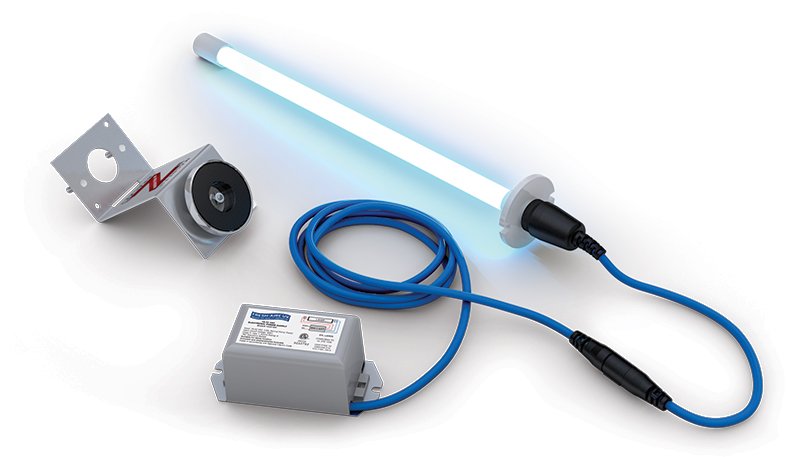
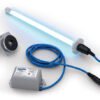
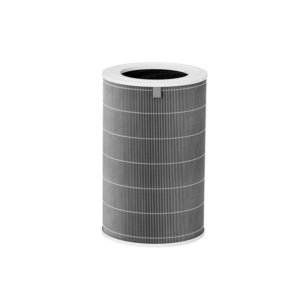
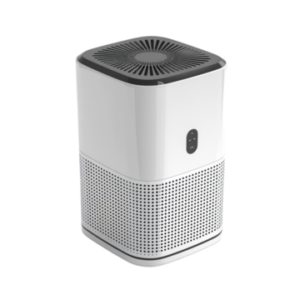
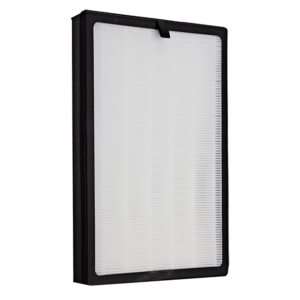
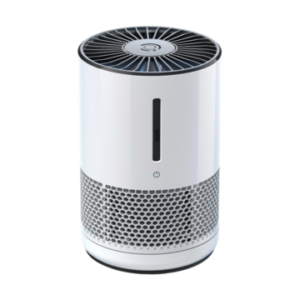
Reviews
There are no reviews yet.